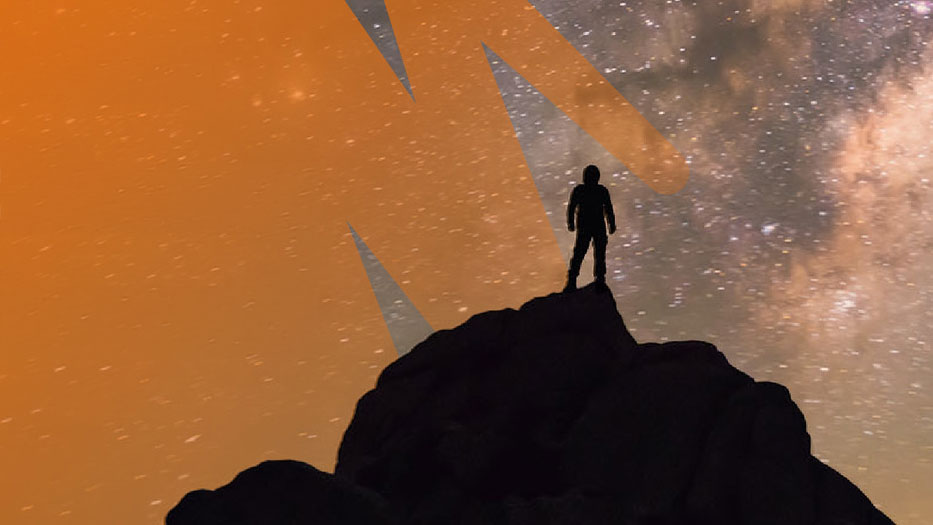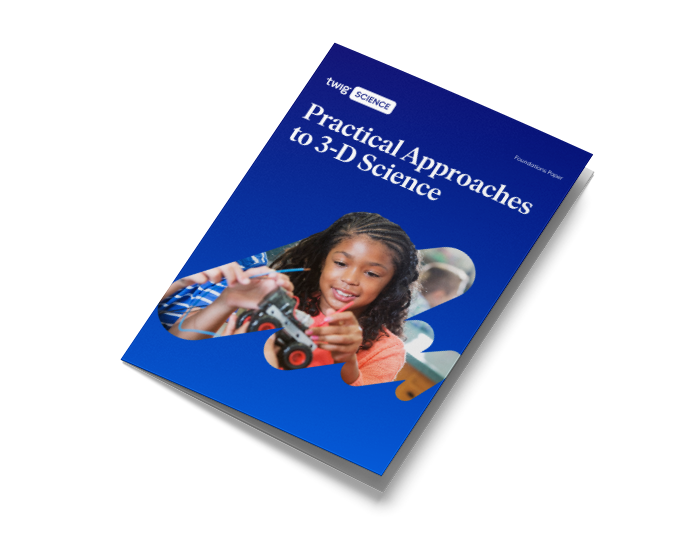The Ultimate Guide to
Three-Dimensional Science Learning
Teach Real-World Skills with 3-D Science Standards
3-D science standards modernize science education by moving away from traditional teaching methods that no longer reflect real-world science practices.
Instead of focusing on rote memorization, 3-D science standards teach your students key skills like research, communication, and analytical thinking that STEM professionals use in their everyday work.
While content knowledge is still part of the standards, the focus is on engaging students with new information, solving problems, and making connections between scientific disciplines, all while relating science to the world around them.
What Are the Three Dimensions?
The standards center around three overlapping dimensions: Science and Engineering Practices (SEPs), Crosscutting Concepts (CCCs), and Disciplinary Core Ideas (DCIs).
SEPs and CCCs are designed to be taught in context, while focusing on a small number of DCIs helps students gain a thorough understanding of science disciplines. Using these three dimensions, students make sense of phenomena and solve problems.
The standards are formulated to help students learn how to think rather than telling them what to think. Teachers guide students in drawing their own conclusions based on evidence and reasoning, providing students with the space and encouragement to question, investigate, and draw their own inferences.

Crosscutting Concepts
Crosscutting concepts build content knowledge and understanding of scientific processes for your students.

Science & Engineering Practices
Discover how your students can acquire the same skills real scientists and engineers use in their daily work.

Disciplinary Core Ideas
Explore the four Disciplinary Core Ideas: Life Science, Earth and Space Science, Physical Science, and Engineering, Technology, and the Application of Science.
Looking for More Resources?
Podcast Episode: 3-D Learning
In this episode of Twig Science On… we speak with Lauren Stoll, an assessment and curriculum designer from SCALE Science at WestEd.
Hear about our unique collaboration, the importance of 3-D science standards, and the power of a student-centered approach to teaching science.

